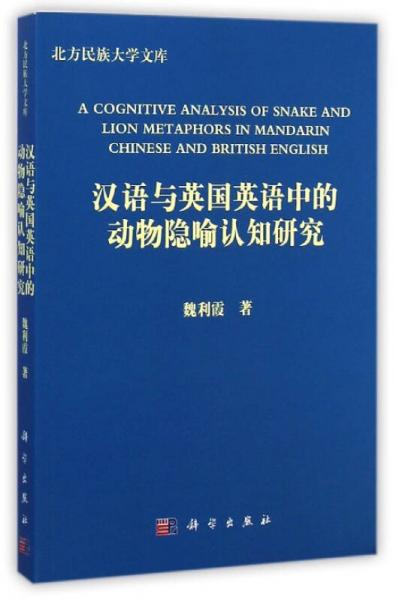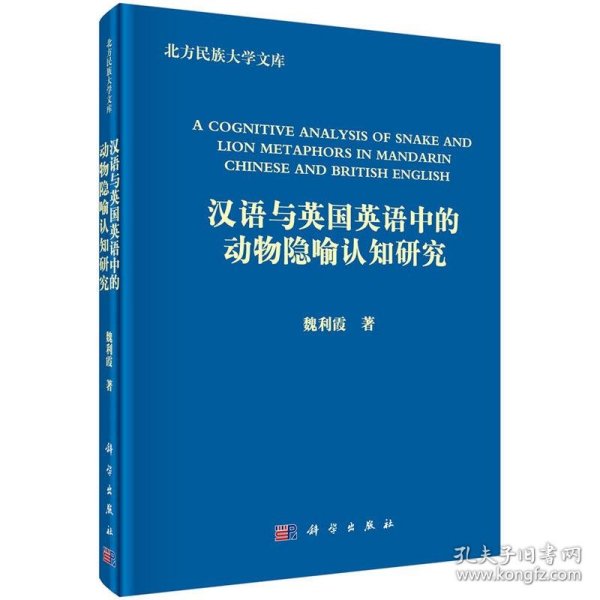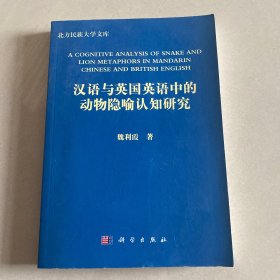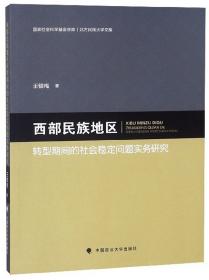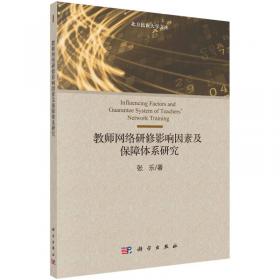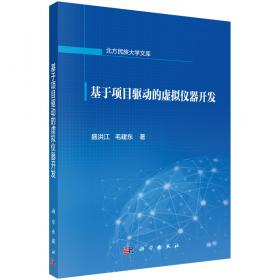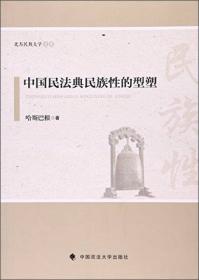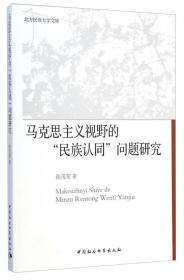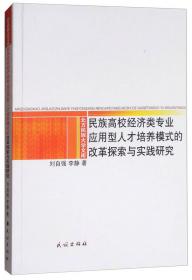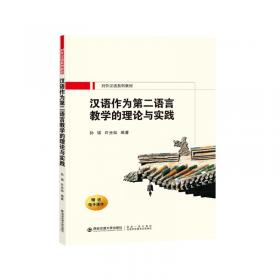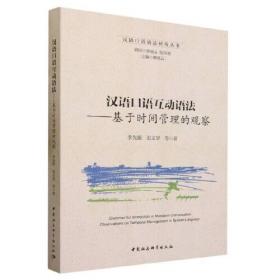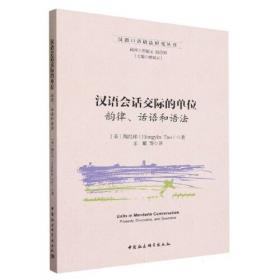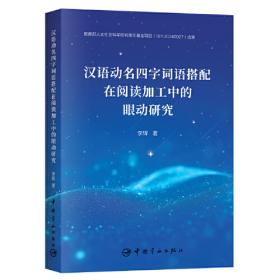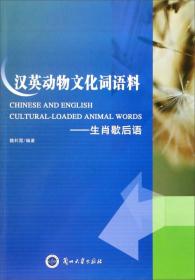汉语与英国英语中的动物隐喻认知研究
出版时间:
2015-02
版次:
1
ISBN:
9787030393517
定价:
78.00
装帧:
平装
开本:
32开
纸张:
胶版纸
页数:
332页
字数:
420千字
正文语种:
简体中文
7人买过
-
The present study investigated snake and lion metaphors with both human beings and non-human beings as the target domain. Apart from showing that universality and variation between animal metaphors exist in Chinese and English, the study also modified K6vecses's (2002, 2010) dichotomy categorization of metaphors by adding another type, that is metaphors that are image and knowledge-based at the same time. Meanwhile, it has refined the Conceptual Blending Theory (CBT) by proposing a revised version which adds an output space and allocates more attention to context in the process of interpreting metaphors. FOREWORD
INTRODUCTION
CHAPTER 1 TWO METAPHOR THEORIES
1.1 Conceptual Metaphor Theory
1.2 Conceptual Blending Theory
1.3 The examplified applicatin of CMT and CBT to the interpretation of snake and lion metaphorical expressions
1.4 Summary
CHAPTER 2 SNAKE METAPHORS IN MANDARIN CHINESE AND BRITISH ENGLISH
2.1 Snake metaphors in Mandarin Chinese
2.1.1 Overview of the snake metaphors
2.1.2 Snake metaphors with human beings as the target domain
2.1.3 Snake metaphors with non-human beings as the target domain.
2.2 Snake metaphors in British English
2.2.1 Overview of the snake metaphors
2.2.2 Snake metaphors with human beings as the target domain
2.2.3 Snake metaphors with non-human beings as the target domain
2.3 A comparison of snake metaphors in Mandarin Chinese and British English
2.3.1 The differences between snake metaphors in Mandarin Chinese and British English
2.3.2 The differences between snake metaphors in Mandarin Chinese and British English when the target domain is human beings
2.3.3 The differences between snake metaphors in Mandarin Chinese and British English when the target domains are non-human beings
2.3.4 Causes for universality and variation of snake metaphors in Mandarin Chinese and British English
2.4 Summary
CHAPTER 3 LION METAPHORS IN MANDARIN CHINESE AND BRITISH ENGLISH
3.1 Lion metaphors in Mandarin Chinese
3.1.1 Overview of the lion metaphors
3.1.2 Lion metaphors with human beings as the target domain
3.1.3 Lion metaphors with non-human beings as the target domain
3.2 Lion metaphors in British English
3.2.1 Overview of the lion metaphors
3.2.2 Lion metaphors with human beings as the target domain
3.2.3 Lion metaphors with non-human beings as the target domain
3.3 A comparison of lion metaphors in Mandarin Chinese and British English
3.3.1 The differences between lion metaphors in Mandarin Chinese and British English
3.3.2 The differences between lion metaphors in Mandarin Chinese and British English when the target domain is human beings
3.3.3 The differences between lion metaphors in Mandarin Chinese and British English when the target domains are non-human beings
3.3.4 Causes for universality and variation of lion metaphors in Mandarin Chinese and British English
3.4 Summary
CHAPTER 4 REVISED CONCEPTUAL BLENDING THEORY
4.1 Implication one
4.2 Implication two
4.3 Summary
REFERENCES
APPENDIXA DATA SOURCE
APPENDIX B RESEARCH DESIGN
-
内容简介:
The present study investigated snake and lion metaphors with both human beings and non-human beings as the target domain. Apart from showing that universality and variation between animal metaphors exist in Chinese and English, the study also modified K6vecses's (2002, 2010) dichotomy categorization of metaphors by adding another type, that is metaphors that are image and knowledge-based at the same time. Meanwhile, it has refined the Conceptual Blending Theory (CBT) by proposing a revised version which adds an output space and allocates more attention to context in the process of interpreting metaphors.
-
目录:
FOREWORD
INTRODUCTION
CHAPTER 1 TWO METAPHOR THEORIES
1.1 Conceptual Metaphor Theory
1.2 Conceptual Blending Theory
1.3 The examplified applicatin of CMT and CBT to the interpretation of snake and lion metaphorical expressions
1.4 Summary
CHAPTER 2 SNAKE METAPHORS IN MANDARIN CHINESE AND BRITISH ENGLISH
2.1 Snake metaphors in Mandarin Chinese
2.1.1 Overview of the snake metaphors
2.1.2 Snake metaphors with human beings as the target domain
2.1.3 Snake metaphors with non-human beings as the target domain.
2.2 Snake metaphors in British English
2.2.1 Overview of the snake metaphors
2.2.2 Snake metaphors with human beings as the target domain
2.2.3 Snake metaphors with non-human beings as the target domain
2.3 A comparison of snake metaphors in Mandarin Chinese and British English
2.3.1 The differences between snake metaphors in Mandarin Chinese and British English
2.3.2 The differences between snake metaphors in Mandarin Chinese and British English when the target domain is human beings
2.3.3 The differences between snake metaphors in Mandarin Chinese and British English when the target domains are non-human beings
2.3.4 Causes for universality and variation of snake metaphors in Mandarin Chinese and British English
2.4 Summary
CHAPTER 3 LION METAPHORS IN MANDARIN CHINESE AND BRITISH ENGLISH
3.1 Lion metaphors in Mandarin Chinese
3.1.1 Overview of the lion metaphors
3.1.2 Lion metaphors with human beings as the target domain
3.1.3 Lion metaphors with non-human beings as the target domain
3.2 Lion metaphors in British English
3.2.1 Overview of the lion metaphors
3.2.2 Lion metaphors with human beings as the target domain
3.2.3 Lion metaphors with non-human beings as the target domain
3.3 A comparison of lion metaphors in Mandarin Chinese and British English
3.3.1 The differences between lion metaphors in Mandarin Chinese and British English
3.3.2 The differences between lion metaphors in Mandarin Chinese and British English when the target domain is human beings
3.3.3 The differences between lion metaphors in Mandarin Chinese and British English when the target domains are non-human beings
3.3.4 Causes for universality and variation of lion metaphors in Mandarin Chinese and British English
3.4 Summary
CHAPTER 4 REVISED CONCEPTUAL BLENDING THEORY
4.1 Implication one
4.2 Implication two
4.3 Summary
REFERENCES
APPENDIXA DATA SOURCE
APPENDIX B RESEARCH DESIGN
查看详情
-
九五品
北京市东城区
平均发货33小时
成功完成率83.54%
-
全新
北京市通州区
平均发货4天内
成功完成率70.64%
-
全新
北京市通州区
平均发货57小时
成功完成率71.97%
-
全新
北京市通州区
平均发货43小时
成功完成率52.63%
-
全新
北京市通州区
平均发货4天内
成功完成率70.59%
-
八五品
广东省广州市
平均发货46小时
成功完成率92.31%

 占位居中
占位居中

